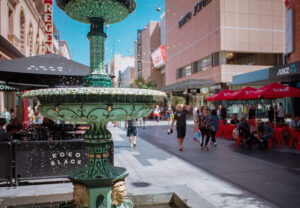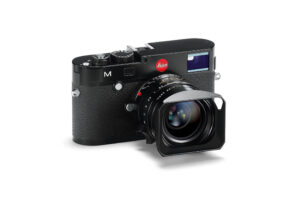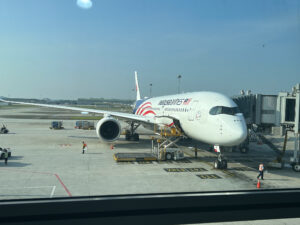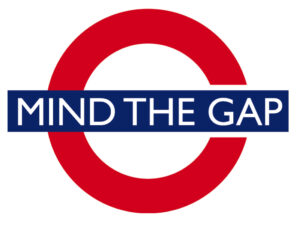The infamous phrase “Arbeit Macht Frei” (“Work Sets You Free”) is inscribed on a wrought-iron gate at the entrance to Auschwitz I, the first camp of the Auschwitz concentration camp complex. This gate has become one of the most recognizable and haunting symbols of the Holocaust. In this article, we’ll explore the meaning and history of this phrase, how the gate came to be, its theft and recovery, and its enduring significance.
The Meaning Behind the Phrase
“Arbeit Macht Frei” was a cynical slogan used by the Nazis. It was first popularized in 1933 by Theodor Eicke, one of the architects of the concentration camp system, and was later adopted at several camps, including Dachau and Sachsenhausen. The phrase promised a false hope of redemption and freedom through labor, masking the true horrors that awaited those who passed beneath it.


For the millions of Jews, political prisoners, Romani people, and others who were deported to Auschwitz, the inscription was a cruel lie. Few who entered the camp ever left alive, and the labor they performed was inhumane, grueling, and often deadly.
History of the Gate
The “Arbeit Macht Frei” sign at Auschwitz I was installed in 1940 when the site was converted from a Polish military barracks into a Nazi concentration camp. The gate was crafted in the camp’s workshops, likely by prisoners forced to work under Nazi orders.
The letters were designed in an unsettling, stylized script, with the distinctive upside-down “B” in “ARBEIT” believed to be an act of subtle rebellion or sabotage by the prisoner who made it. This small act of defiance stands as a testament to the human spirit in the face of oppression.
The Location
The gate stands at the entrance to Auschwitz I, the administrative center of the Auschwitz complex. This camp was smaller than Auschwitz II-Birkenau but served as the hub for the horrific machinery of death and exploitation. Thousands passed through this gate, unaware of the unimaginable atrocities that lay ahead.
Auschwitz I is located near the town of Oświęcim in southern Poland. Today, the camp is part of the Auschwitz-Birkenau Memorial and Museum, which preserves the site as a place of remembrance and education.
Theft of the Gate
In December 2009, the gate became the target of a shocking theft. Under the cover of darkness, thieves removed the five-meter-long sign, sparking international outrage. The theft was orchestrated by a Swedish neo-Nazi leader, who intended to sell the sign to fund extremist activities.
Thankfully, the sign was recovered a few days later, though it had been cut into three pieces. The damaged original was restored and moved indoors for preservation. A replica was installed at the site to ensure visitors could still experience the gravity of the historical setting.

Symbolism and Legacy
The “Arbeit Macht Frei” gate is more than just an artifact of history; it is a symbol of the dehumanization, lies, and systematic cruelty of the Holocaust. Its presence reminds us of the horrors that took place within the Auschwitz complex and serves as a stark warning of the consequences of unchecked hatred and bigotry.
Millions of visitors pass under the replica gate each year as part of their journey through Auschwitz. Many describe the experience as profoundly emotional, as they confront the reality of what the camp represented. The gate has also become a focal point for memorial ceremonies and educational initiatives aimed at ensuring the Holocaust is never forgotten.

The “Arbeit Macht Frei” gate at Auschwitz is a grim reminder of humanity’s capacity for evil and the resilience of the human spirit. Its history, from its creation to its theft and recovery, encapsulates the complex legacy of Auschwitz. As we reflect on its meaning, we must commit to honoring the memories of those who suffered and ensuring that the atrocities of the Holocaust are never repeated.
By preserving this gate and the stories behind it, we continue to educate future generations and uphold the promise of “never again.”







































































